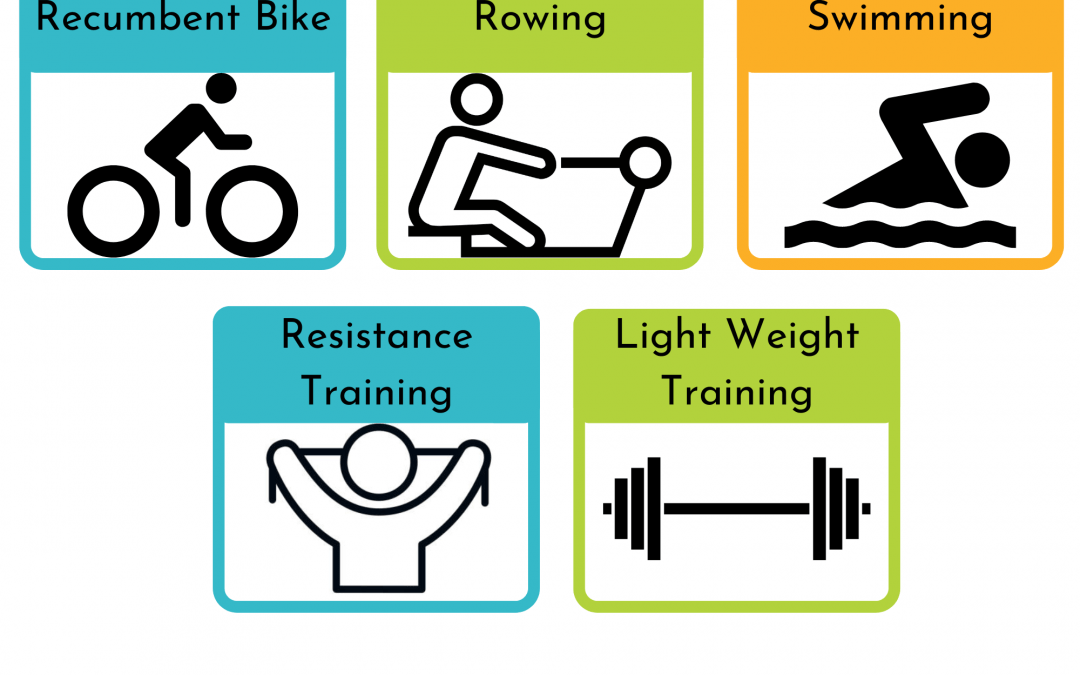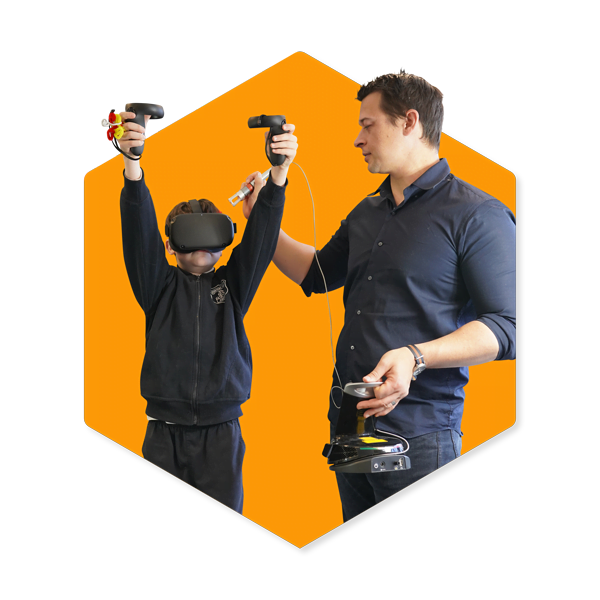Understanding what is pain can be a daunting task because of the many factors involved, but in essence pain is a defense mechanism to prevent further injury.
If your body can heal an injury on its own most of the time you wont be aware that you had an injury in the first place. Pain signals are your bodies way of saying, this area is in trouble and I cant fix it on my own right now. Because of the pain we avoid using that area and take pressure off it so we don’t get more pain signals. What this does is give the injured area a higher chance of repairing the area.
 One of two things will happen after an injury;
One of two things will happen after an injury;
• Because you rest the area, scar tissue will form and repair the damage so you can put pressure back on the area again.
• The damage is more than your body can repair, so the pain signals continue to make sure you don’t make it worse.
However, long term or chronic pain is like a bad habit, your body becomes use to sending pain signals and continues to even after the injury is fully healed. It is never too late to get help and re-teach your body to not send pain signals.
In either case, pain is the signal saying ‘I need help’. Come in and get checked with us.
Cool Links;
- Pain Australia
- Stanford Pain Center


